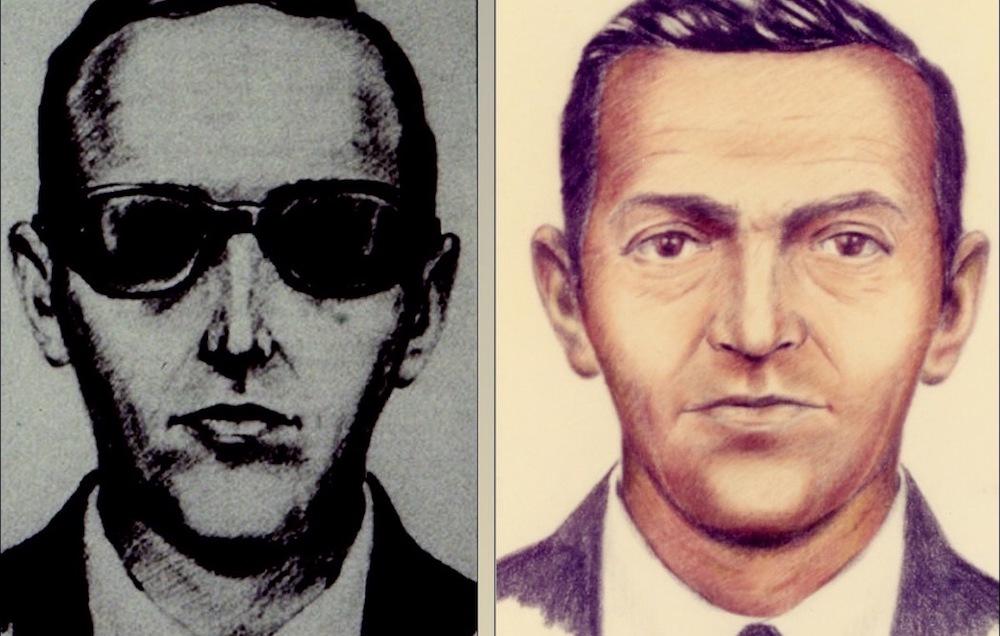The skyjacking of Northwest Orient Airlines flight 305 by a man calling himself “Dan Cooper” has mystified amateur sleuths for half a century. Aside from some weathered $20 bills, little has been found regarding the fate of Cooper – until now. A criminal historian has recently come forward to say he knows where the famed hijacker hid his haul.
Renewed search
Eric Ulis, a self-described D.B. Cooper expert, launched the two-day search on a private beach along the Columbia River in Washington state on August 6, 2021. Along with four volunteers, he outlined a 300-square-foot area approximately 10 to 15 yards from where the aforementioned bills were found in 1980.
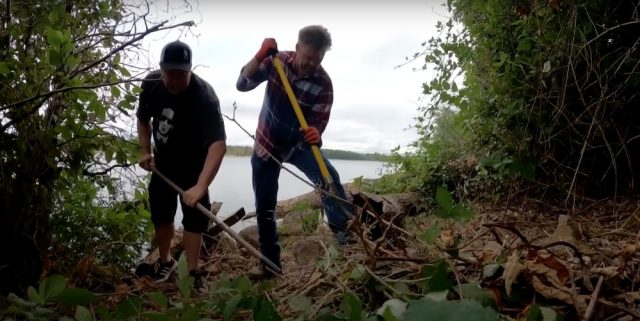
Ulis claims the area was never searched by the FBI, and that investigators have been looking in the wrong place. He theorizes the information they received regarding the presumed drop location was flawed, as the U.S. Air Force interceptors following the airliner were unable to fly at such a low altitude.
“The flaw led to an incorrect FBI search area that explains why nothing was ever found in the search area – a fact that would appear to be highly unlikely if Cooper had actually landed in the search zone,” Ulis wrote on his website. “In totality, this theory ultimately explains how D.B. Cooper managed to avoid capture.”
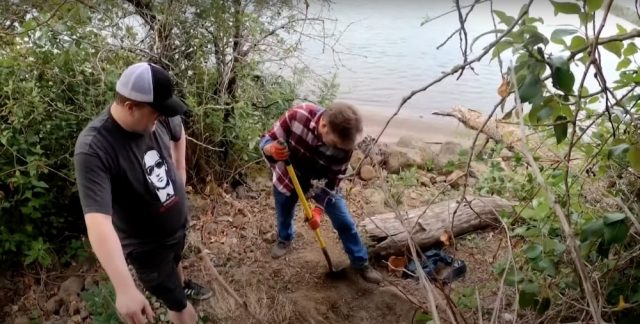
It is Ulis’ belief the FBI also followed a flawed line of thinking. He believes Cooper buried the parachute, the money, and the attaché case at the same time, but in smaller holes, as opposed to one larger one. He then returned to the area in 1972 to retrieve the money, but not the other items.
Searchers come back empty-handed
The dig was live-streamed on the D.B. Cooper: Mystery Group Facebook page. Ulis and his volunteers used handheld tools to conduct their search, so as to not violate state environmental regulations.
The search was officially suspended on the afternoon of August 7, without any significant developments. The team was able to expose eight-to-nine square feet along the shoreline but didn’t find anything of value.
Eric Ulis considers himself a D.B. Cooper expert, he’s spent years studying where DB may have landed and is now digging near Tena Bar looking for Cooper’s parachute and attaché.
Ulis is digging here because in 1980 a child found a bundle of money here and says this is the spot. pic.twitter.com/zzGUACSuiG
— Devon Haskins (@devonhaskins) August 6, 2021
Speaking with the Daily Mail, the historian said he’ll return to the area later this month to continue his dig. “It’ll probably have to be within the month that I’ll be up here again, to really uncover what it about 300 square feet of beach that is essentially locked in time,” he said.
Ulis plans to turn over anything he finds to the FBI.
Longest investigation in FBI history
The investigation into Cooper’s hijacking of the Northwest Airlines flight spanned decades and remains the only skyjacking in U.S. history to remain unsolved.
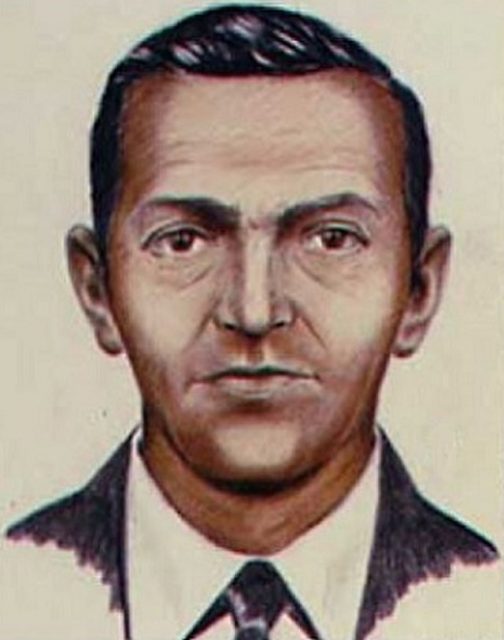
On the evening of November 24, 1971, Cooper purchased a $20 ticket for a flight traveling to Seattle-Tacoma International Airport from Portland, Oregon. He took a seat toward the rear of the plane and handed a note to one of the flight attendants. It read: “Miss, I have a bomb and would like you to sit by me.”
He demanded $200,000 in cash and four parachutes, all of which were given to him upon the plane landing in Seattle. After releasing the flight’s 36 passengers and two of its flight attendants, he had the pilot set off for Reno, Nevada. Somewhere above southwestern Washington, Cooper opened the back hatch and jumped from the plane into the stormy night, never to be seen again.
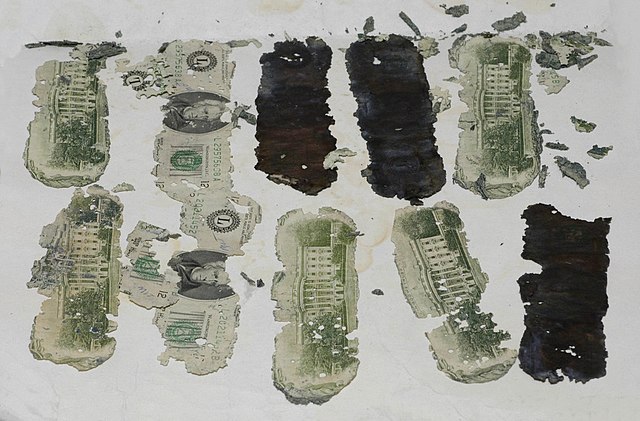
Cooper was charged with air piracy for the hijacking. He was described as a white male in his 40s, with an olive complexion and dressed in a suit, a clip-on tie, and dark sunglasses. His infamous moniker is the result of an early wire service, which identified him as “D.B. Cooper,” as opposed to “Dan Cooper.”
Little evidence was found during the investigation and the FBI was without any significant leads until 1980, when a boy discovered nearly $6,000 in $20 bills along a sandbar in Vancouver, Washington. Their serial numbers matched those of the bills given to Cooper. Investigators theorized they’d fallen into the river and become lodged on the riverbank after he jumped from the plane.
Case closed, but not really
The FBI officially suspended its investigation into the case in July 2016. The 45-year investigation saw the examination of numerous theories and interviews with potential suspects, but never resulted in the discovery of much evidence.
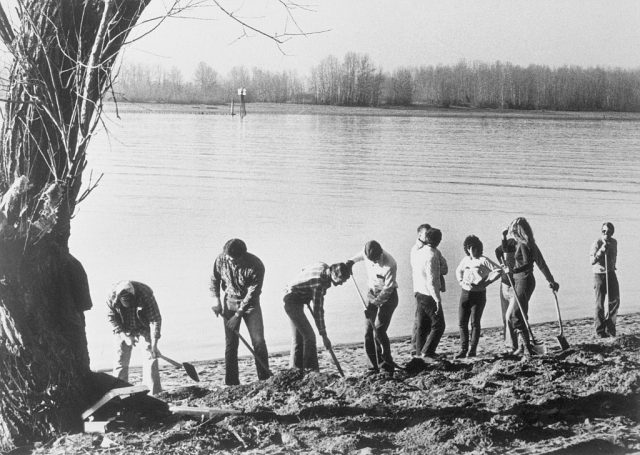
“The mystery surrounding the hijacking of a Northwest Orient Airlines flight in November 1971 by a still-unknown individual resulted in significant international attention and a decades-long manhunt,” the statement read. “Although the FBI appreciated the immense number of tips provided by members of the public, none to date have resulted in a definitive identification of the hijacker.”
All evidence has been preserved at the FBI’s headquarters in Washington, D.C. However, the agency will no longer accept tips, unless someone locates Cooper’s parachute or the money.
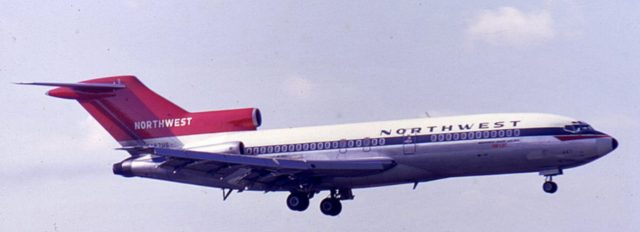
More from us: Mysterious disappearances in US history
Should Cooper be located, he’ll now face a charge for violating the Hobbs Act, which is designed to prevent extortion. This change occurred following the statute of limitations for air piracy, which is five years, passing in 1976.
